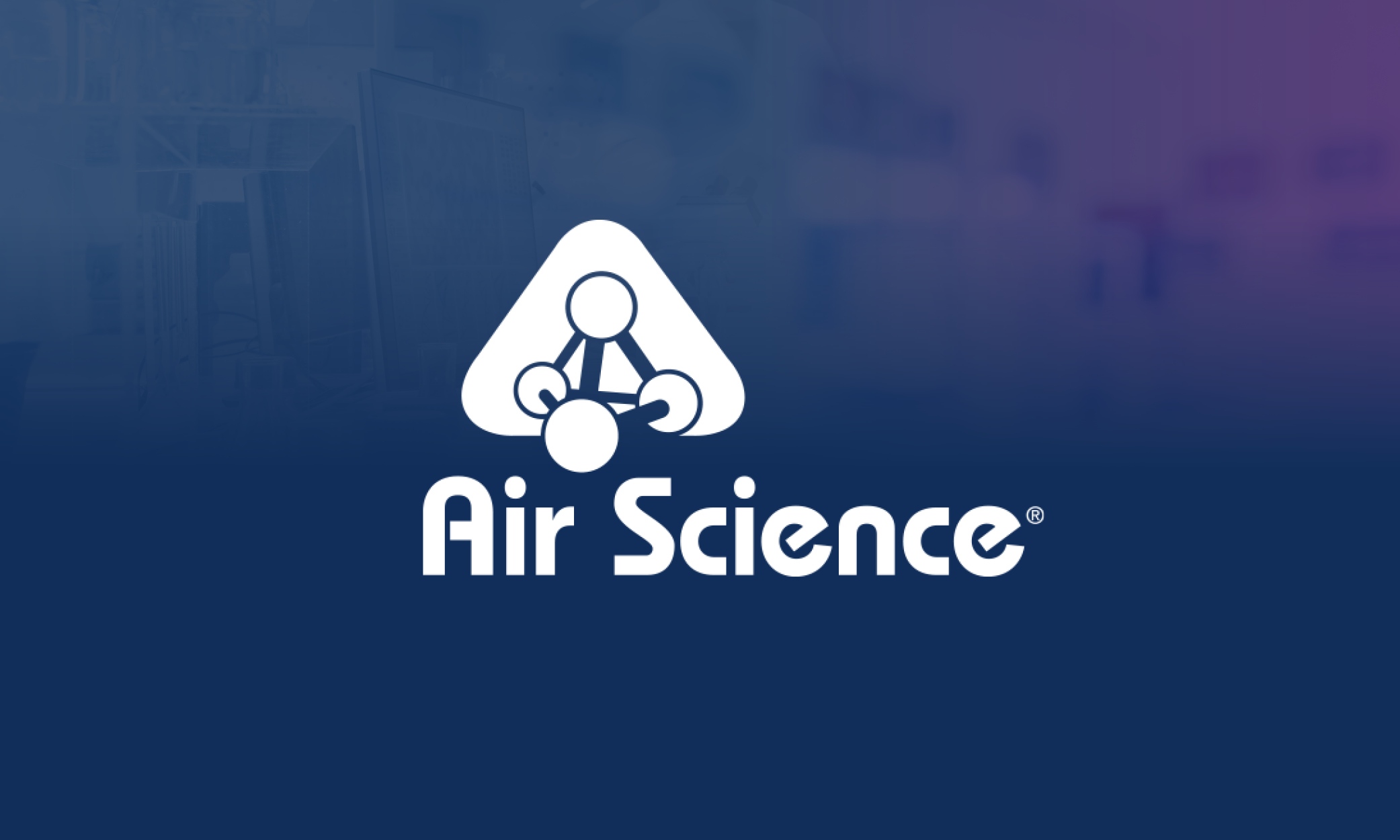
COVID-19 infections caused by the SARS-CoV-2 virus can be diagnosed using a test that uses a process known as polymerase chain reaction (PCR). PCR testing can detect very small amounts of viral genetic materials in a sample by duplicating it many times over through a complex laboratory process called amplification.
What is the PCR Test for COVID-19 Infection?
Samples are taken from places likely to have the virus that causes COVID-19, like the back of the nose or mouth or from sputum coughed up from the lungs. After a sample is collected, RNA, which is part of the virus particle, is extracted and converted to complementary DNA for testing. The PCR test involves binding sequences on the DNA that only are found in the virus and repeatedly copying everything in between.
This process is repeated many times, with doubling of the target region with each cycle. A fluorescent signal is created when amplification occurs, and once the signal reaches a threshold, the test result is considered positive. If no viral sequence is present, amplification will not occur, resulting in a negative result.
PCR workstation enclosures provide the contamination-free environment required for the most sensitive DNA/RNA segment detection. Since PCR amplification is extremely sensitive to contamination, prevention of contamination requires strict laboratory practices to minimize external or cross-contamination during reagent and sample preparation.
The Air Science® PCR laminar flow cabinet employs the Multiplex™ HEPA filtration technology to create a safe, energy efficient, contaminant-free environment. It is ideally suited for use with non-hazardous contaminants and when flexible access to instrumentation in the cabinet is required.
The safety glass sash gives maximum optical abilities to handlers when amplifying cellular components. Air quality is sustained (as free air or with circulators and filters) to guarantee particulates that could impact conclusions are not present. The PCR workstation enclosures emit intense UV light in timed increments between uses for easy sterilization.
Learn more about controlling contamination during PCR amplification and hear what others are saying about using our PCR workstation for their laboratory work.
PCR Workstation Features and Benefits
- Provides sterile work zone for aseptic techniques
- Equipped with germicidal UV lamp for decontamination
- High efficiency ebm-papst EC blower
- Energy saving LED lighting
- Vertical laminar airflow with HEPA filtration
- 360 degree visibility with UV absorbing polycarbonate construction
- Purair PCR cabinets are available in three model sizes with various options
- Designed for desktop use or installation on an optional base stand or mobile cart
Each Air Science PCR workstation is expertly designed to meet specific applications and certified for quality construction. Standard features, options and accessories are developed purposefully to enhance user friendliness.
View our PCR hoods or contact us today for a customized quote based on your application.
RELATED RESOURCES:
PCR Amplification Best Practices
PCR amplification is extremely sensitive to contamination which can inaccurately skew your results.
PCR Workstation: Dead Air vs. Laminar Flow
A polymerase chain reaction (PCR) workstation, a workspace enclosed on three sides, provides the space for doing amplification of DNA and RNA.
Improve Your PCR Amplification Process
PCR is shorthand for a simple but very useful procedure in molecular biology called the polymerase chain reaction.